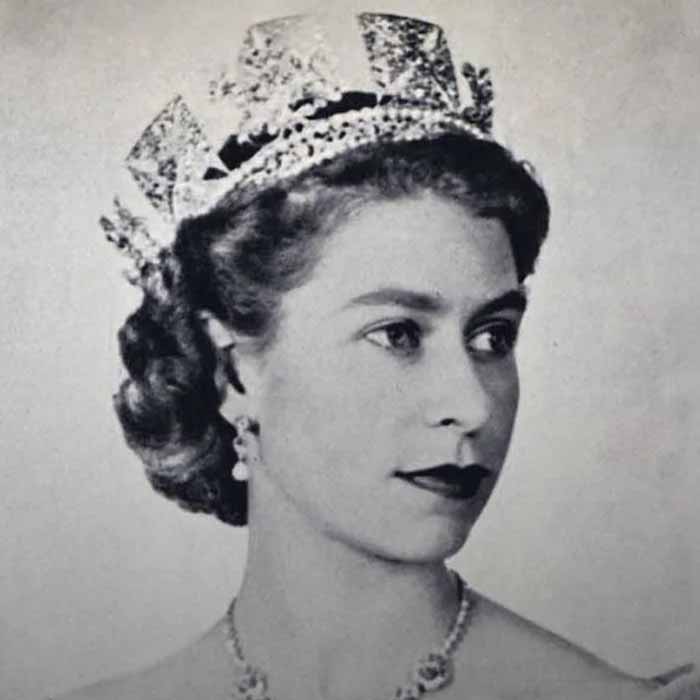Reigning for more than seven decades, Her Late Majesty Queen Elizabeth II has left an indelible mark on the United Kingdom’s coinage. Five definitive coinage portraits of Her Majesty have graced the obverse of circulating and commemorative coins since the first coins of the monarch’s reign celebrated her historic coronation in 1953. The nation’s definitive coins and their reverse designs have experienced an equally fascinating journey over the past 70 years.
Designs for Decimal Coinage
Queen Elizabeth II’s reign bore witness to a historic moment in numismatic history when the UK’s currency officially became decimal in 1971. The decimal coins required new designs and the process for creating them began long before the switch to a decimal currency became public. Several artists were invited to submit designs as part of a closed competition, one of whom was Christopher Ironside. As an accomplished medal designer, Ironside’s designs were chosen for the new decimal coins, but the process of finalising them took several years.
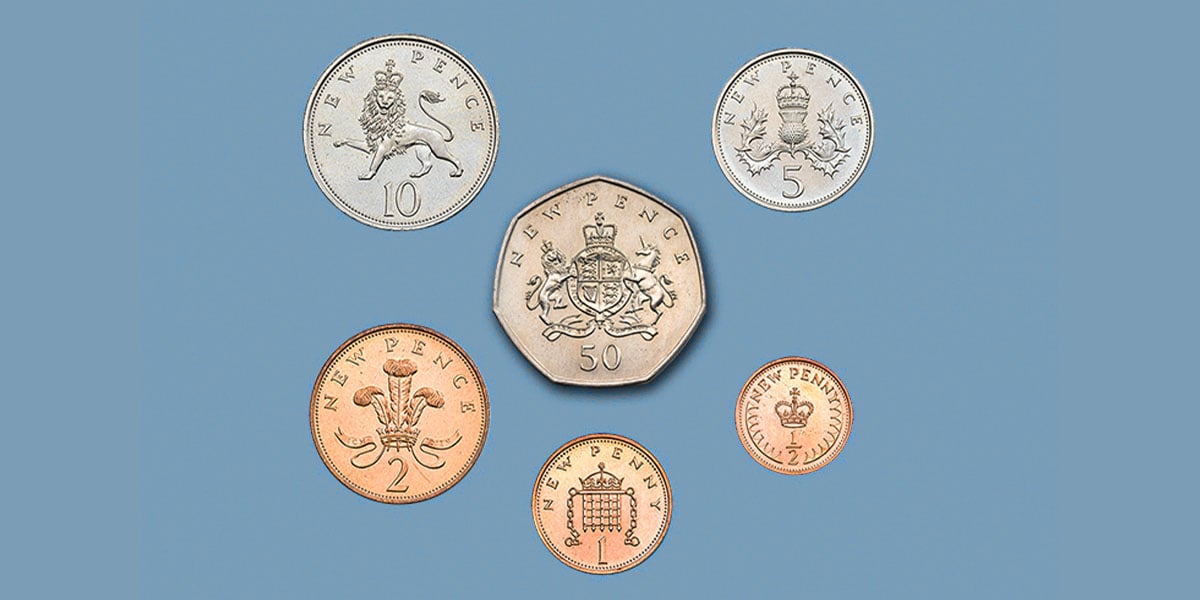
Christopher Ironside’s decimal coin designs.
Remarkably, Ironside’s work remained on the reverse of the definitive coins for 40 years. During long reigns, such as those of George III or Queen Victoria, changes to the coinage happened for various reasons but, more often than not, the desire was simply to renew or refresh the appearance of the coinage. The same thinking led to the replacement of Ironside’s designs, which began through a public competition in 2005 and was announced with the following words: ‘The Royal Mint invites members of the public to make their mark on history’.
The Modern Definitive Designs
Alongside the invitation to the public, 18 professional artists and designers experienced in coin design, seven members of The Royal Mint’s team of engravers, three heraldic artists, and several overseas designers who had designed the coinages of Hungary, Iceland and the Czech Republic, also received individual invitations to participate in the competition.
By the time it closed on 14 November 2005, the competition had received an overwhelming response, with more than 4,000 designs submitted by 526 people. The Royal Mint Advisory Committee (RMAC) began the mammoth task of sifting through the designs and, eventually, whittled the thousands of designs down to a selection of 18 by July 2006. When scrutinising the shortlisted designs, the Committee considered how they might symbolise the UK on the coinage in the early twenty-first century; they also posited whether the coins should sit together as a family or feature standalone designs. The themes became a subject of debate – should they be modern or traditional, illustrative or heraldic? By the end of the month, two series of designs, presented in very different styles, emerged as the favourites.
The anonymity of the competition and selection process meant the final shortlisted designs belonged to ‘Designer E’ and ‘Designer Z’. The Committee favoured the idea proposed by Designer Z, which involved spreading the Shield of the Royal Arms over seven of the definitive coins – the 1p, 2p, 5p, 10p, 20p, 50p and £1 coin – the latter of which would serve as the lynchpin of the presentation. Since the relationship between heraldry and coinage in Britain has existed for centuries, the Committee felt Designer Z’s approach offered a modern twist on the heraldic tradition, whilst symbolising national unity. The winning designer turned out to be Matt Dent, a young graphic designer who had trained at Coleg Menai in North Wales and later at the University of Brighton.
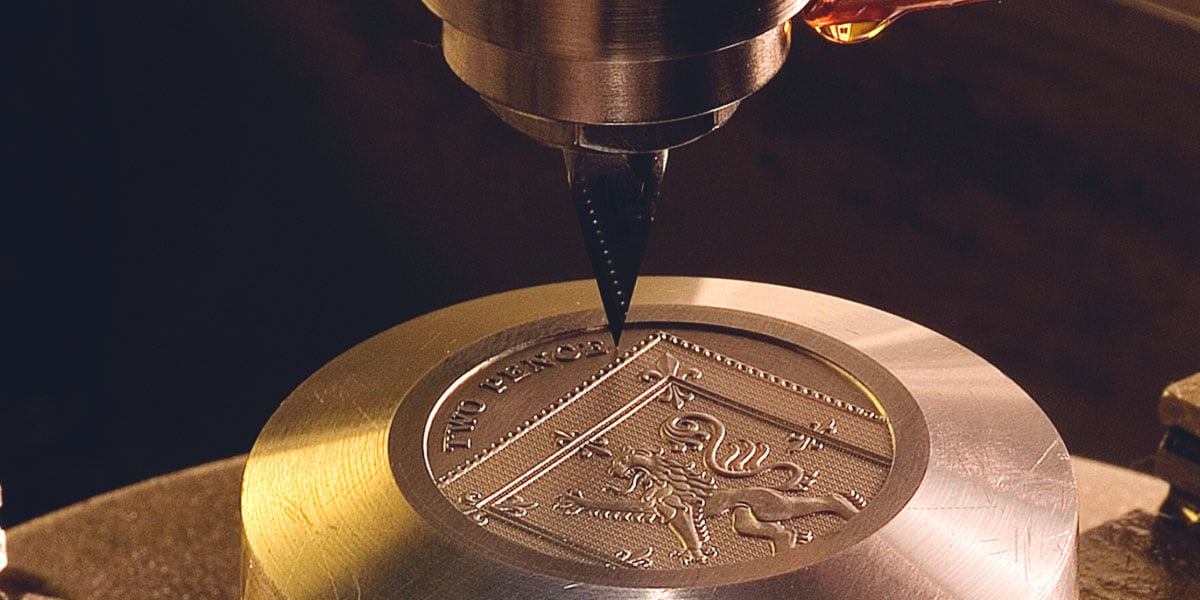
“a united design – united in terms of theme, execution and coverage over the surface of the coins … how to share four nations over six coins? Then I decided to look at heraldry. Perhaps the six coins could make up a shield by arranging the coins both horizontally and vertically. This piecing together of the elements of the Royal Arms to form one design had a satisfying symbolism – that of unity, four countries of Britain under a single monarch.”
Matt Dent’s rationale behind his designs
The 12-Sided £1 Coin
In 2017, the familiar round £1 coin that featured in Matt Dent’s shield design concept was replaced with a 12-sided £1 coin. Struck with a brand-new reverse design, the new coin features a range of security features to protect against counterfeiting. Similar to the competition launched in 2005, the RMAC offered members of the public an opportunity to design the new £1 coin. Out of more than 6,000 entries, the chosen design belonged to David Pearce, a 15-year-old from Walsall. Uniting the emblems in a fresh and modern interpretation, his design focuses on the floral symbols of the four nations of the UK.
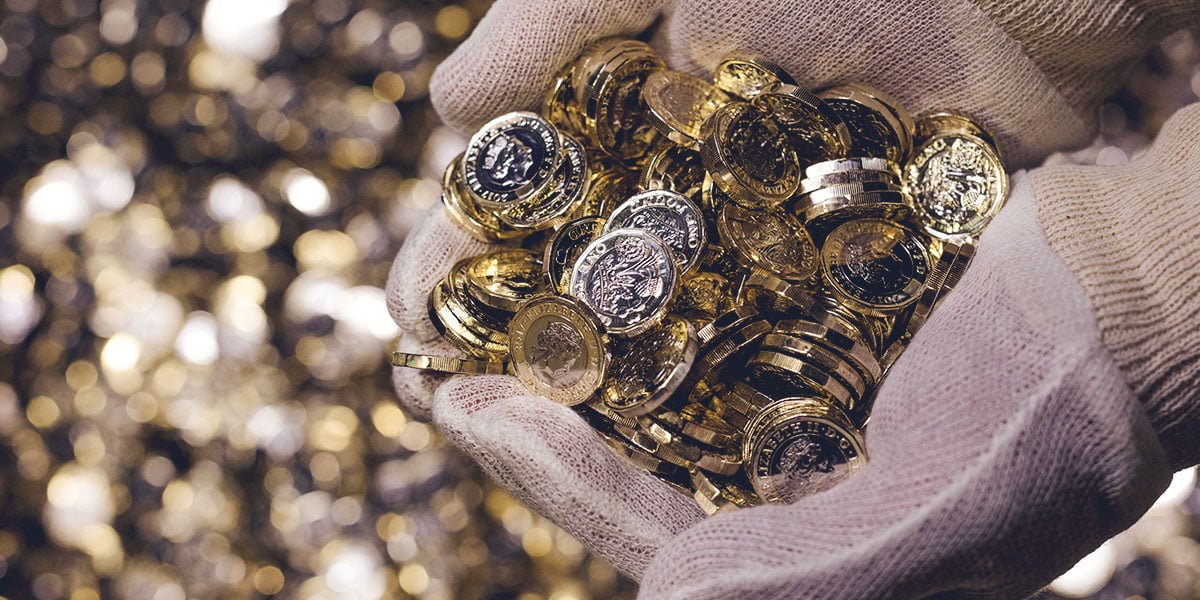
A Change for the £2 Coin
First struck in 1997, the bimetallic £2 coin featured a design by Norfolk art teacher Bruce Rushin, which graced the coin’s reverse until 2015. It told the story of technological development through a series of concentric circles, depicting the journey from the Iron Age to the Industrial Revolution, and from the computer age to the dawn of the internet.
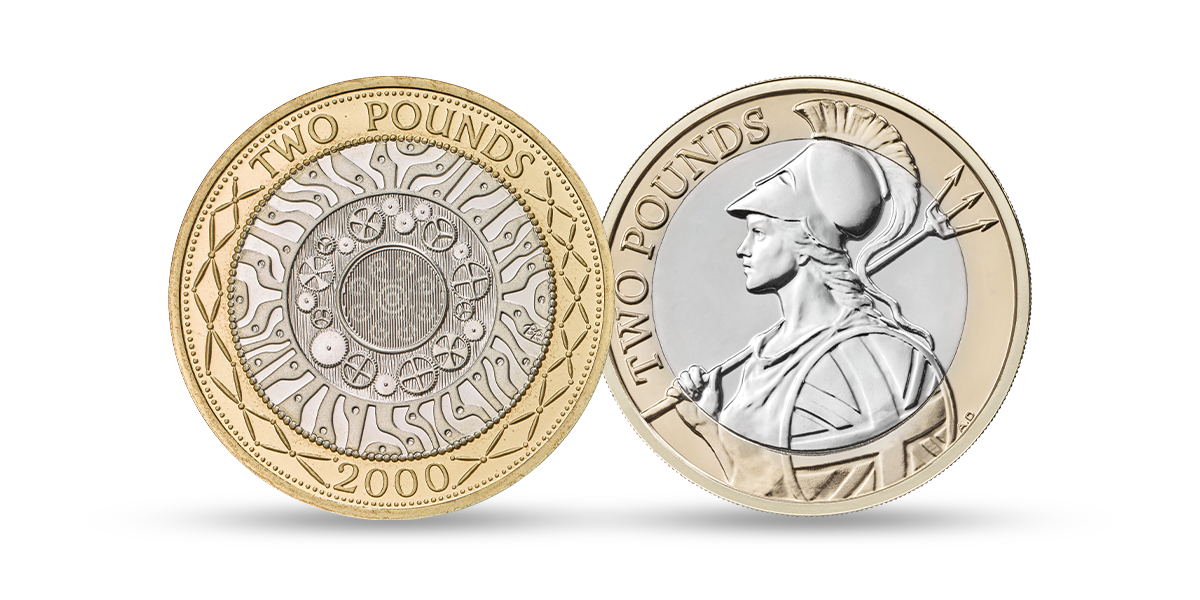
Bruce Rushin’s £2 reverse design with Antony Dufort’s Britannia reverse design.
In 2015, Antony Dufort’s interpretation of Britannia replaced Bruce Rushin’s technology design. Timeless and elegant, Britannia was created by the Romans as the female personification of Britain, symbolising the spirit of a nation. First appearing on the coins of the Roman Emperor Hadrian, Britannia has become a frequent symbol on the nation’s coinage since 1672.
Related Articles
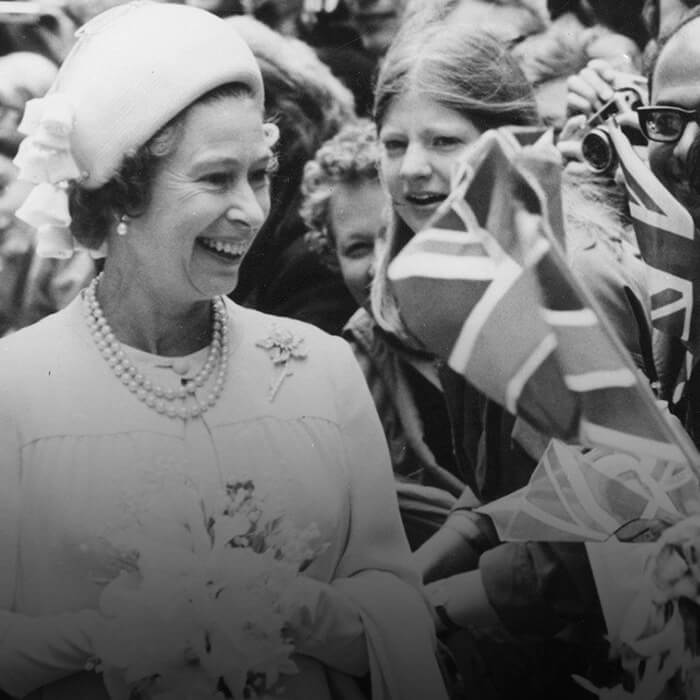
THE SOVEREIGNS OF QUEEN ELIZABETH II
Discover the Sovereigns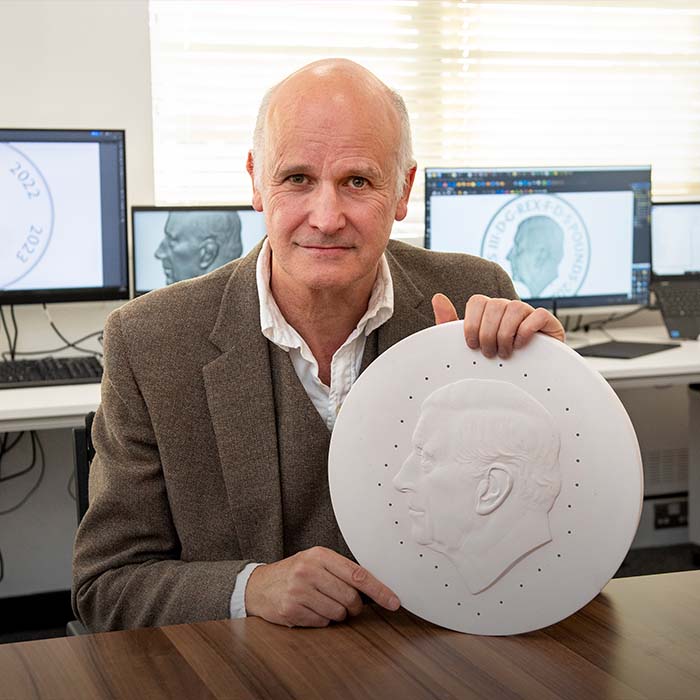
HIS MAJESTY THE KING'S OFFICIAL COINAGE PORTRAIT
Learn about the design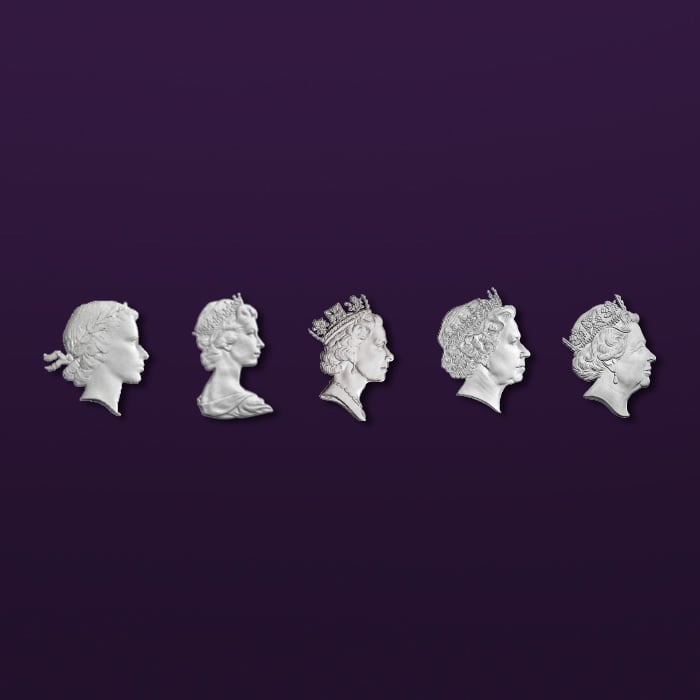
The Coins of a Celebrated Queen
Discover a remarkable reign




